Social Computing
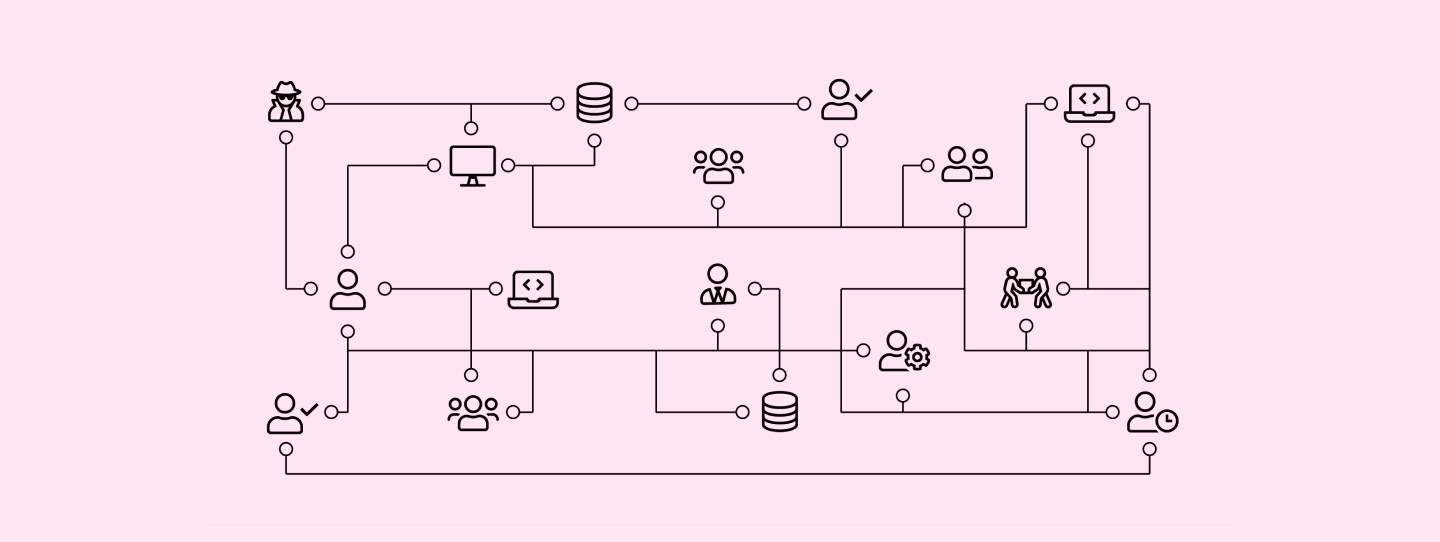
Project Brief: To apply and see Social Computing methods in practice by Designing, Building and Testing a Platform.
Team: Youngsoo Lee | Yoonhoi Jeon | Michelle Foo
Course: CS473 2019/Fall
Report: Please find the report here.
Motivation
“People have trouble finding personalized fashion advice.”

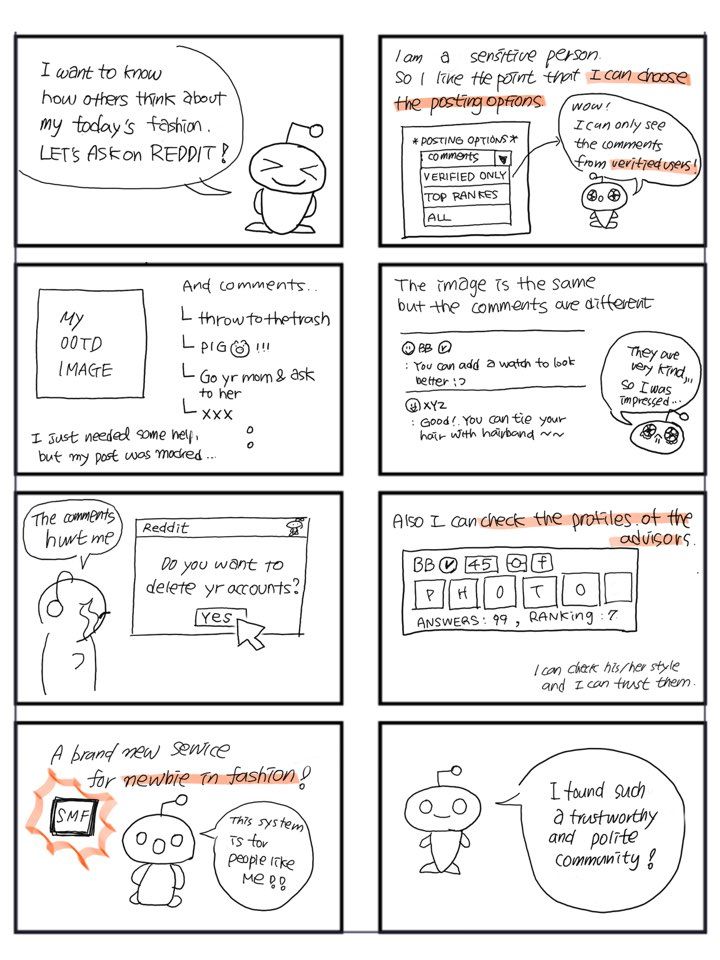
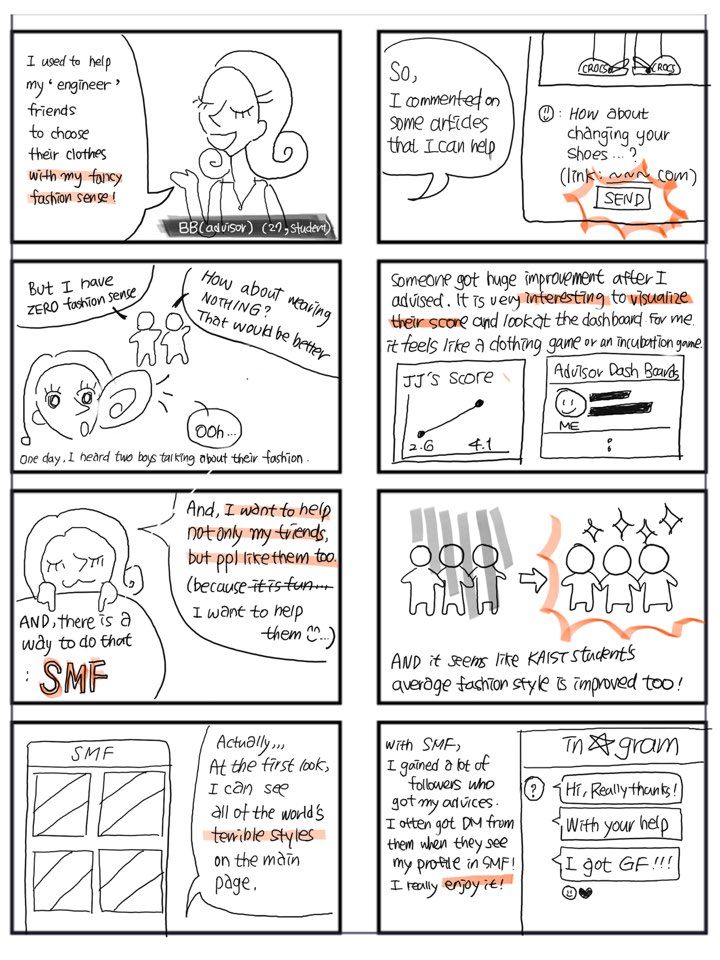

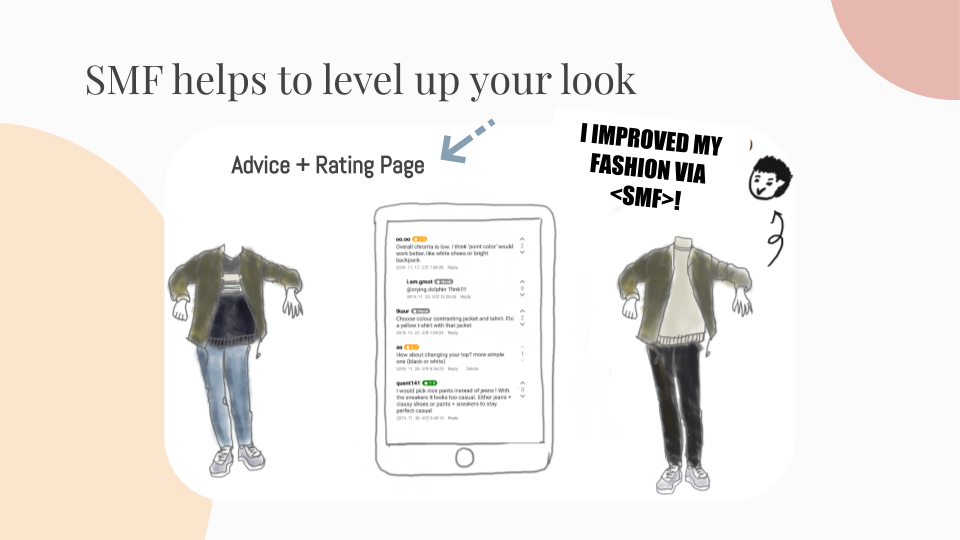

Design Choices
1. Question Section & Rating Section
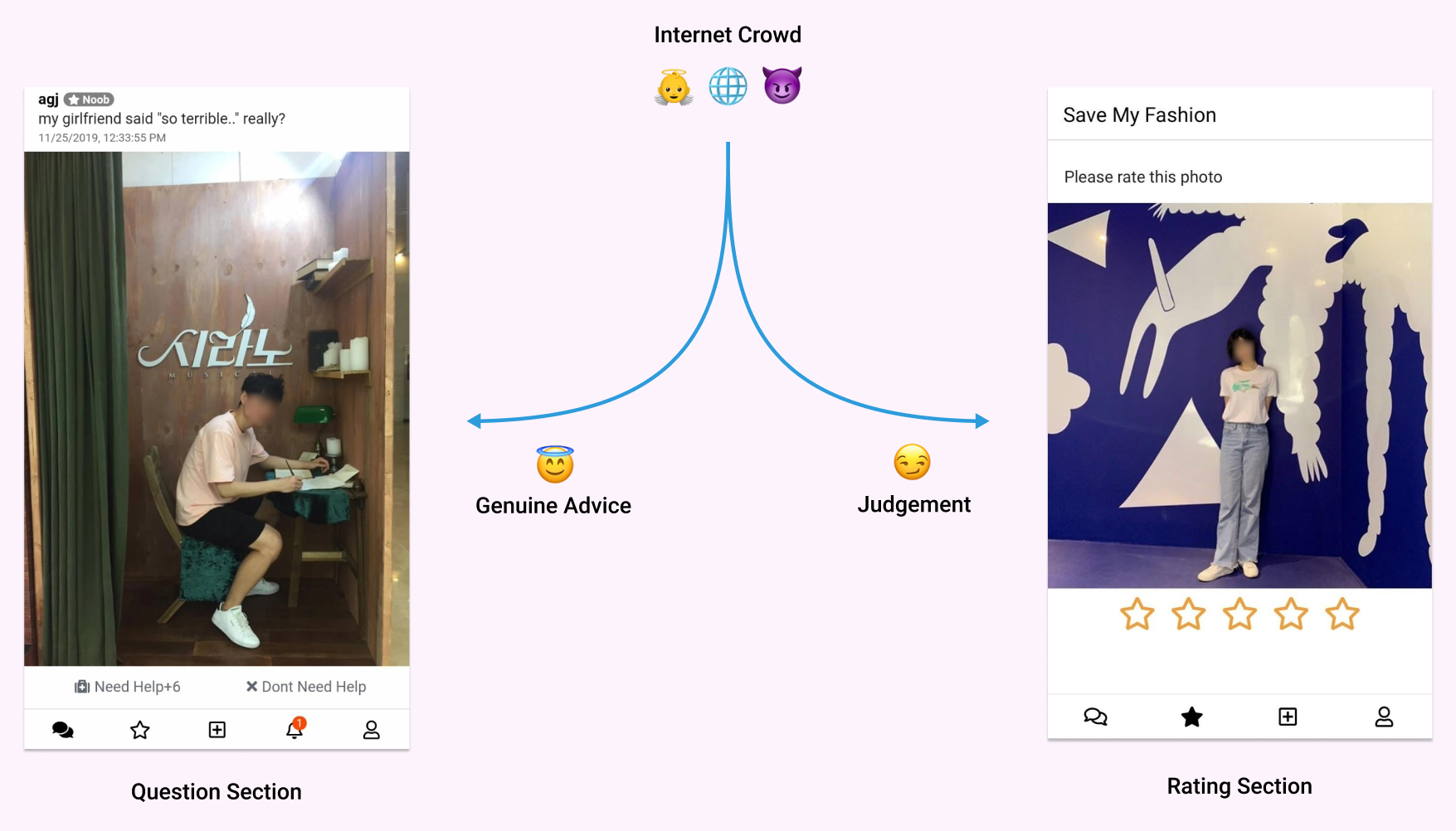
This was an attempt to take care of the needs of both the posters on the platform and the visitors. By diverting those who just wanted to have a little fun and rate people to a specific outlet, we aim to 'protect' the question section from abuse. Instead we wish to get the altruists to provide helpful answers there.
2. Levels v/s Ratings
A distinction is made between users who are here to get a score of their fashion sense v/s those who are here to seek fashion advice.
- Advice Seekers: They are given levels that start from n00b and go up as you collect more experience. This is done to imbibe a sense of progression with effort rather than a judgement on a fixed scale.
- Advice Givers: They are usually good with their fashion choices and seek validation for their style. This helps their competitive nature by being assessed by a crowd.
User Feedback


Based on the data, we did a simple analysis. The first interesting implication we found was ‘rating leads to more participation than QnA’. Comparing the average numbers, the number of ratings given was much higher than advice. The distribution of users is also interesting. In the left chart, most users gave no advice, but many users participated in the ratings.

And there is another interesting observation: ‘High rated users participated more’. The left graph shows the distribution of the users with their rating. The right one is that we grouped users by their rating, and compared the average number of advice they wrote and the average number of upvotes they received. Surprisingly, the higher the rating, the more advice they wrote and the more upvotes they received.


Besides the analytics, we conducted small user test with our service. One of the purpose we developed the rating feature is to help people improve their sense of style. With this intention, we interviewed 4 users who actually uploaded multiple photos for rating. 3 users said it was helpful, but one user said she has clear opinion on her own style so she won’t care about the rating.

We conducted another small user test with the Gamification factor in mind. First, we asked participants to post their photos for evaluation. Then we asked them to repost the photo as an advice post, and finally we told them to post another photo after following the advice they got. We wanted to see whether their score improved or not.


After seeing result, we asked the users how they felt when their rating was changed, and most users responded that it was interesting. One user also suggested more gamification factors like ranking system, and one user pointed out there are not many users in the system so she couldn’t trust the score. There are still a lot of things to improve, but we are currently contented that we are able to fulfil most of the goals we had for the rating system.
Reflections
Limitations
- Users trust ratings less than we thought.
- People are afraid of being rated so they are reluctant to post.
- The community was not completely anonymous. Friends in the same group recognised each other.
Possible Improvements
- Separate channels by country or language: Language barrier was one problem in the Q&A section
- More sophisticated photo editing tools (e.g. crop, putting stickers)
- Feature to allow giving advices on specific parts of the photo (e.g. shirts, pants, or shoes)
For more details please find the detailed report here.
